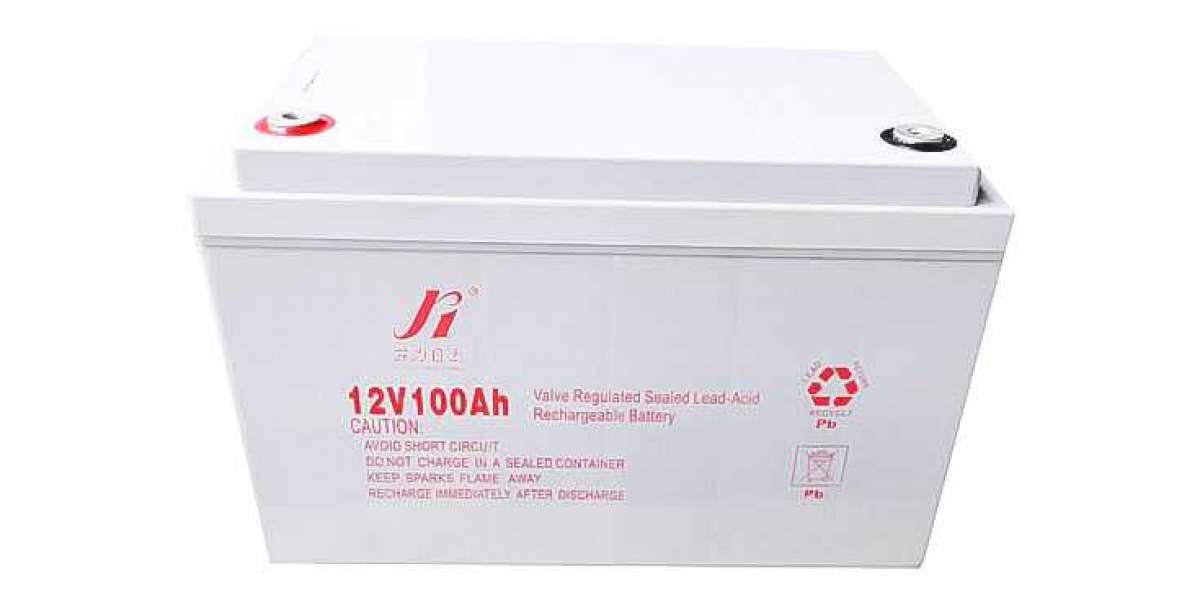I think Sealed Maintenance Free Battery is a market-driven term. In the early 1980s, when private branch exchanges (PBXs) were deployed to customer premises, computer mainframes were being migrated from dedicated computer rooms, while smaller computers were located in occupied office spaces. Therefore, users require battery manufacturers to provide backup batteries, which are smaller, lighter, and more user-friendly and can be used safely with electronic equipment outside the dedicated battery room. Well, the manufacturer and its marketing department came up with what users wanted, and they called them "sealed maintenance-free batteries." But nothing is farther away than the facts.
There are basically two types of so-called Sealed Maintenance Free Battery:
Absorption glass mat (AGM) battery in which the liquid electrolyte is absorbed by the sponge-like glass mat separator
The type of gelled electrolyte commonly referred to as "gel battery", in which the liquid electrolyte is gelled by adding a gelling agent.
However, in both cases, in order to carry out the recombination process of oxygen and hydrogen internally, the battery/cell is sealed under normal working conditions, but the battery/cell needs a pressure relief valve to discharge the gas in the cell under overpressure Cell/cell. Therefore, the VRLA battery is not sealed. As for maintenance-free? Think again.
A brief history of VRLA batteries
The idea of a fixed electrolyte battery dates back to 1934 when a German company conducted its first research. He invented the first Gel Valve Regulated Lead Acid (VRLA) battery in 1957 by Otto Jache of Sonnenschein, Germany. The first Absorption Glass Mat (AGM) battery was developed and patented by Gates Rubber Company of the United States. In 1965, a 40-year-old electrical engineer, John Devitt, sent a nine-page memo called "Lead-acid sealed battery" to Gates’ head of research. Subsequently, the battery industry was completely changed, and the commercial VRLA battery was born. I think we can first accuse John of using the word "sealed", but I don't think he meant it really. In 2003, I was honored to present the first Battcon Hall of Fame Award to John.
Gates batteries are spirally wound batteries with lead foil electrodes, but some manufacturers use this basic technology and propose batteries with flat plates, similar to traditional lead-acid (VLA) vented batteries. In the early 1980s (I remember clearly), two British companies, Tungsten and Chloride, proposed an AGM battery with an assumed service life of 10 years to meet British Telecom's requirements for its new digital telecommunications exchange. GNB is responsible for leading the charging work in the United States, and finally proposed a larger capacity and longer life VRLA battery. Today, almost all lead-acid battery manufacturers have VRLA battery production lines.



